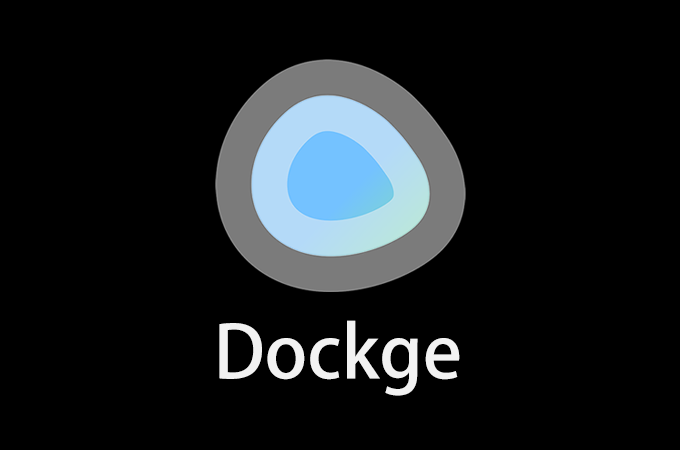After over a year of silence, Dockge, widely regarded as the most beginner-friendly tool for managing Docker Compose.yaml stacks, has rolled out its latest update—version 1.5.0. This self-hosted, open-source application, designed to simplify Docker stack management, continues to impress with its sleek interface and powerful features. Available on GitHub at https://github.com/louislam/dockge, this update brings fresh enhancements to an already popular tool among self-hosting enthusiasts.
Developed by Louis Lam, the creator of the acclaimed Uptime Kuma, Dockge stands out for its reactive design and ease of use. It’s tailored for those who want to manage Docker Compose.yaml files without the complexity of traditional tools like Portainer or the Docker CLI. Whether you’re spinning up a new stack, editing configurations, or monitoring real-time progress, Dockge delivers a streamlined experience—all from a single, stylish interface.
What’s Dockge All About?
Dockge is a self-hosted manager focused on Docker Compose.yaml stacks. Its key features include:
- Stack Management: Create, edit, start, stop, restart, or delete stacks with ease.
- Interactive Tools: Edit compose.yaml files directly in a built-in editor and access a web terminal for real-time interaction.
- Real-Time Updates: Watch image pulls and stack operations unfold live.
- Multiple Agents (New in 1.4.0): Manage stacks across different Docker hosts from one dashboard.
- File Freedom: Your compose.yaml files stay on your drive, untouched by Dockge, and remain compatible with standard Docker commands.
- User-Friendly Design: Fans of Uptime Kuma will feel right at home with its intuitive, responsive UI.
This latest 1.5.0 release, while light on detailed patch notes at the time of writing, signals renewed development momentum, promising bug fixes and potential new features to explore.
How to Install Dockge: A Step-by-Step Guide
Getting Dockge up and running is straightforward, even for Docker newcomers. Here’s how to install it on a supported system:
Requirements
- Docker: Version 20 or higher (or Podman with the podman-docker package on Debian).
- Supported OS: Major Linux distributions like Ubuntu, Debian (Bullseye or newer), Raspbian (Bullseye or newer), CentOS, Fedora, or ArchLinux. Older versions like Debian Buster and Windows are not yet supported.
- Architecture: Compatible with armv7, arm64, and amd64 (x86_64).
Basic Installation
- Set Up Directories: Create folders for your stacks and Dockge’s configuration.
bashmkdir -p /opt/stacks /opt/dockge cd /opt/dockge - Download the Compose File: Grab the default compose.yaml from GitHub.
bashcurl https://raw.githubusercontent.com/louislam/dockge/master/compose.yaml --output compose.yaml - Launch Dockge: Start the server in detached mode.
bashdocker compose up -d
Note: If you’re using Docker Compose V1 or Podman, run docker-compose up -d instead. - Access the Interface: Open your browser and go to http://localhost:5001.
Advanced Setup (Optional)
Want to customize the port or stack directory? Use the interactive generator at https://dockge.kuma.pet or download a tailored compose.yaml like this:
bash
curl "https://dockge.kuma.pet/compose.yaml?port=5001&stacksPath=/opt/stacks" --output compose.yamlThen run docker compose up -d as above.
Why It Matters
For beginners, Docker can feel overwhelming with its steep learning curve. Dockge flattens that curve by offering a visual, hands-on way to manage stacks without diving deep into command-line syntax. Its file-based approach also ensures flexibility—you’re not locked into the tool, as your compose files remain editable outside of Dockge.
The 1.5.0 update, announced on March 30, 2025, via posts on X, has sparked excitement among users who’ve dubbed it “the best Docker Compose.yaml manager, hands down.” While the full changelog is still pending, the update reaffirms Dockge’s place as a go-to solution for self-hosters.
Get Started Today
Ready to simplify your Docker workflow? Head to the GitHub repository, download the latest version, and give Dockge a spin. With its blend of power and simplicity, it’s no wonder this tool is a favorite among novices and seasoned users alike.

